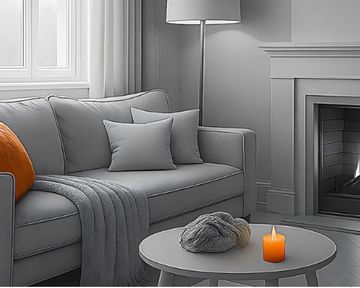Roof Care 101: Protecting your home from leaks and damage
Roof leaks, a seemingly minor inconvenience, can lead to significant damage and financial implications for homeowners. Leaks can result in substantial water damage to various parts of your home, including roof trusses, ceilings, walls, electrical systems, carpets, and cupboards. To mitigate the potential financial burden, it's crucial to address roof leaks promptly and efficiently.
Before you replace the whole roof or large parts of it, before you have checked out these seven other common (and easily fixable) causes of roof leaks:
Damaged flashings
Flashings, installed along the joints of your roof to seal weak points against water and pests, often bear the brunt of environmental stress. Cracks or damage, especially around skylights, chimneys, or valleys where roof sections meet, can lead to leaks. Regularly inspect and promptly repair damaged flashings to prevent water ingress.
Broken or missing tiles or slates
Damaged or displaced roof tiles are a frequent culprit for leaks. Identifying and replacing broken tiles is a relatively simple fix. However, it's essential to check for underlying damage to waterproofing, rafters, or insulation beneath the affected area.
Poorly placed fixings
Fixings secured improperly into rafters create an open invitation for water ingress. Extracting these fixings and adequately sealing resulting holes is necessary to prevent leaks in the future.
Clogged gutters
Clogged gutters impede the proper drainage of rainwater, leading to water pooling on the roof. Regularly clearing gutters of leaves and debris ensures efficient water flow, preventing potential leaks and damage to fascias, rafters, and walls.
Damaged soffit or fascia boards
Soffit and fascia boards, designed to protect against water and pests, can degrade over time due to exposure to sun, wind, and rain. Regularly check for cracks or holes and replace damaged boards with modern UPVC alternatives for enhanced durability.
Pitch problems
The pitch of a roof affects how different roofing materials are installed. Roofs with shallow pitches may require additional waterproofing and better flashing. Ensuring proper construction and promptly addressing pitch problems with expert assistance can prevent leaks.
Lean-to roofs
Inspect lean-to roofs regularly, especially if positioned beneath the main roof's rainwater runoff. The repeated impact of water can compromise these roofs over time. Installing gutters or replacing tiles or roof sheeting prevents potential leaks.
Remember that taking care of the roof over your head goes beyond aesthetic concerns—it's a critical aspect of maintaining a safe and comfortable home. Regular inspections, prompt repairs, and preventive measures can save you from the headaches and financial implications of water damage. By addressing these common causes of roof leaks, you'll not only protect your property but also ensure that the next summer rain brings relief without any unwanted surprises.

